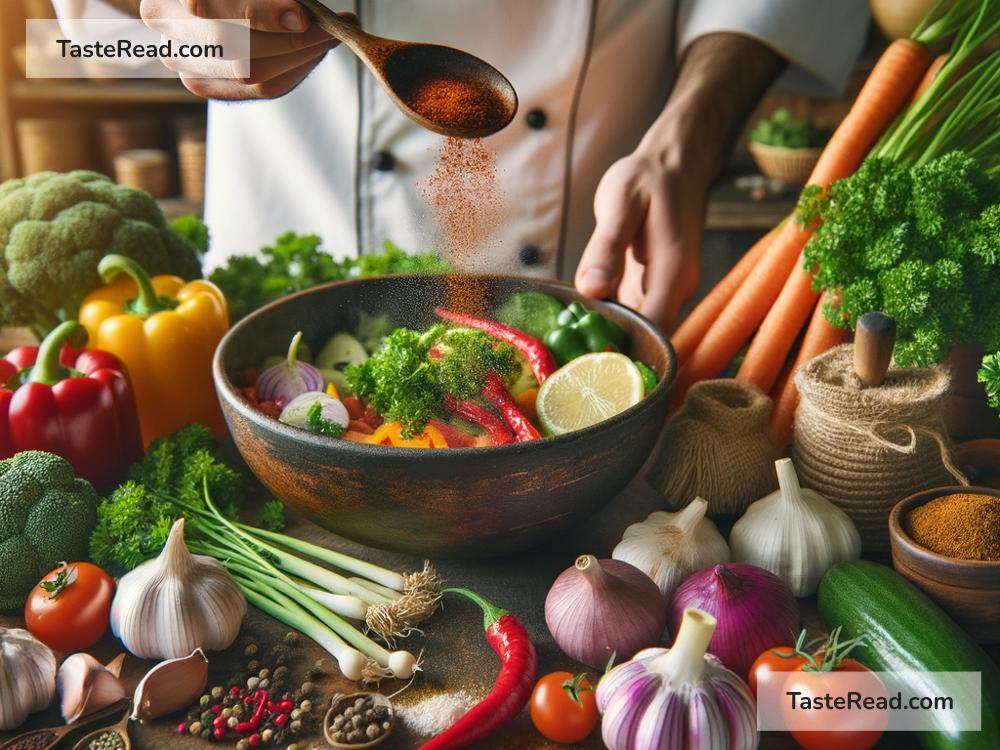How to Reduce Sodium Intake Without Sacrificing Flavor
Sodium is an essential mineral that helps maintain fluid balance and supports nerve and muscle function. However, too much sodium can lead to health problems, including high blood pressure, heart disease, and kidney issues. Unfortunately, many of us consume more sodium than our bodies need, primarily because it’s hidden in processed foods, restaurant dishes, and salty snacks.
Reducing sodium intake doesn’t mean you have to give up tasty food or eat bland, boring meals. In fact, there are many simple and effective ways to cut back on sodium while keeping food flavorful and enjoyable. Whether you’re trying to improve your own health or support a loved one, here’s how you can eat low-sodium meals without sacrificing flavor.
1. Choose Fresh Ingredients
One of the easiest ways to lower sodium is to rely on fresh, whole foods instead of processed or packaged items. Fresh fruits, vegetables, lean meats, poultry, and fish naturally contain little or no sodium. When you cook with fresh ingredients, you control the flavoring and salt levels, unlike packaged foods filled with preservatives and additives.
For example, instead of canned soups or frozen entrees, try preparing your own soup or stir-fry using fresh vegetables, herbs, and protein. Fresh ingredients have vibrant flavors that don’t need much seasoning to taste great.
2. Swap Salt for Herbs and Spices
Salt isn’t the only way to add flavor! In fact, many herbs and spices can enhance the taste of food and even provide health benefits. For instance, garlic, onion powder, black pepper, paprika, turmeric, cumin, oregano, basil, rosemary, thyme, and chili flakes are all excellent choices.
Create combinations to match your dish. For Italian recipes, try basil, oregano, and garlic. For Mexican-inspired meals, experiment with cumin, chili powder, and coriander. These seasonings offer depth and boldness, making you forget all about the salt shaker.
3. Try Citrus Juices and Zest
Citrus fruits like lemons, limes, and oranges can brighten up dishes and add a tangy punch of flavor. Squeezing fresh lemon or lime juice over roasted vegetables, grilled fish, or salads can make the meal tastier without adding sodium. You can also use citrus zest (grated peel) for an even stronger flavor boost—it works wonders in marinades, dressings, and baked goods.
4. Experiment with Vinegars
Vinegars are another fantastic way to add flavor without relying on salt. Balsamic, apple cider, white wine, and rice vinegars each offer their own unique taste profile. Use them in salad dressings, marinades, or drizzled over cooked veggies to add a tangy, complex flavor.
For example, balsamic vinegar pairs perfectly with roasted brussels sprouts or a caprese salad. Apple cider vinegar can enhance coleslaw or homemade barbecue sauce.
5. Choose Low-Sodium Alternatives
Many food products are available in low-sodium or no-salt-added versions. For instance, you can buy low-sodium chicken broth, canned beans, and condiments like soy sauce. These may still contain some sodium, but they’re far lower compared to regular versions. Read labels and aim to choose products that have 140 milligrams of sodium or less per serving, as these are considered “low-sodium.”
6. Rinse Canned Foods
If you’re using canned food, such as beans or vegetables, you can reduce sodium content simply by rinsing them under cool water before cooking. This removes much of the salty liquid brine they’ve been packed in.
7. Use Healthy Fats
Healthy fats like olive oil, nut oils, or avocado can contribute richness and flavor to your recipes. Infused oils—like those flavored with garlic, herbs, or chili—are particularly tasty and work as great substitutes for salty dressings or sauces.
For a snack, drizzle olive oil over popcorn instead of using pre-packaged microwave popcorn that’s loaded with salt.
8. Cook Your Own Meals
One of the biggest sources of sodium is restaurant and takeout food. Many restaurants add significant amounts of salt to their dishes, even when it’s not noticeable. By preparing your own meals at home, you get complete control over how much sodium you include. Homemade dishes allow you to focus on fresh ingredients, spices, and alternatives that add flavor without excessive salt.
9. Train Your Taste Buds
Our taste buds adapt to the levels of salt we consume, meaning that if you’re used to salty foods, reducing sodium may initially make everything seem bland. But don’t worry—the change is temporary. Over time, your taste buds adjust, and you’ll start to appreciate the natural flavors of food.
Try reducing salt gradually. For example, if a recipe calls for 1 teaspoon of salt, use only ¾ teaspoon. Each week, cut back a little more. You might be surprised how delicious food tastes with less salt as you adjust.
10. Add Texture and Contrast
Sometimes, enhancing the texture or mix of flavors in a dish makes it more exciting. Crunchy toppings like toasted seeds or nuts can add a satisfying bite, while creamy avocado or yogurt-based sauces deliver richness. A sprinkle of red pepper flakes or a dash of Dijon mustard can provide heat and boldness, reducing the need for salt.
Final Thoughts
Reducing sodium doesn’t mean saying goodbye to flavorful food. Instead, it’s about exploring new ways to season and enhance your meals. By relying on fresh ingredients, herbs, spices, citrus, vinegars, healthy fats, and low-sodium products, you can enjoy tasty dishes without compromising your health. Cooking at home gives you the most control, and with time, your palate will adjust to enjoy food with less sodium.
Making small changes can lead to big improvements in your health, so don’t be afraid to get creative in the kitchen. Low-sodium eating is not only good for your overall well-being but also opens the door to discovering new flavors and cooking techniques.


